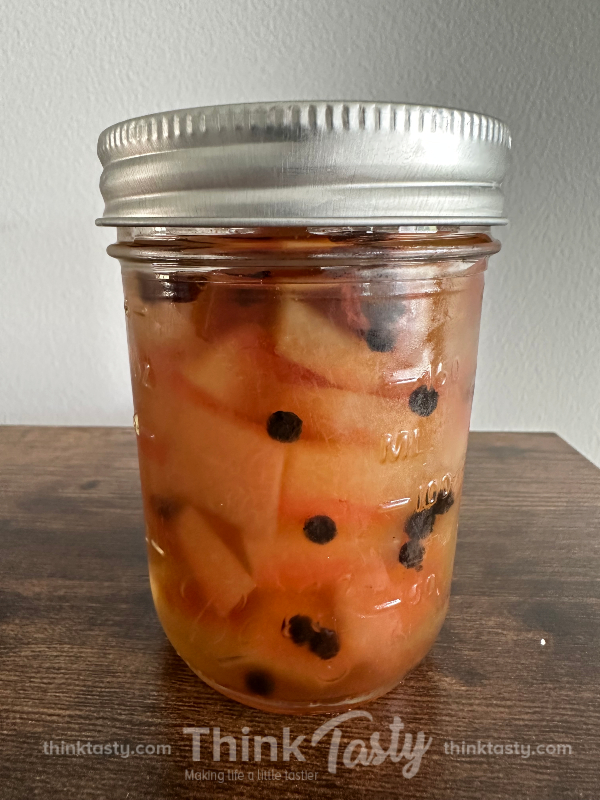ref=”https://thinktasty1.wpengine.com/wp-content/uploads/2014/02/steak.jpg”> Just as processed food can taste a lot better than the equivalent you’d make at home — though in many ways it’s inferior — it can also look a lot more attractive and appetizing than your home cooking, mostly because of its color. Nobody wants to eat grey or beige food, no matter how delicious it might turn out to be, let alone how good it is for you nutritionally.
Just as processed food can taste a lot better than the equivalent you’d make at home — though in many ways it’s inferior — it can also look a lot more attractive and appetizing than your home cooking, mostly because of its color. Nobody wants to eat grey or beige food, no matter how delicious it might turn out to be, let alone how good it is for you nutritionally.
As with the fuller taste of processed food, the more intense color is usually due to additives — unfortunately, seldom anything as natural as MSG. If you have allergies to food dyes, want to avoid them for other reasons, or just want to make your own cooking more colorful, there are more natural ways.
Golden brown, not too light, not too dark, seems to be everyone’s favorite color when it comes to baking. Getting it right is a matter of careful timing, which you learn by trial and error. In other words, don’t be afraid to open the oven door every 10 minutes and check. If you have an oven with a glass window, you don’t even have to do that — but turn the light on. You’ll also eventually learn to tell by smell when your baking is just about done.If browning just isn’t happening, you can try brushing the food with melted butter — it works a lot better than oil — or a beaten egg.
With meat, we like to see the dark brown that suggests the Maillard effect and umami. The best way to get it naturally in sauteed meat is to avoid overcrowding the pan. Before I learned this, I remember looking into a pan where I was trying to cook about two pounds of cubed beef at once and saying in frustration, “It’s supposed to be well browned, not well greyed.” True, the meat won’t all be the same temperature at the same time, but the earlier batches can be kept warm enough to eat in a low oven. Frying some onions along with meat will also add some brown to the whole dish.
Brushing with a little fat also works for roasting meat. So will brining, for poultry or pork. Savory casseroles can be sprinkled with Parmesan cheese or breadcrumbs mixed with melted butter. If this isn’t working either, you can put the dish under the broiler for a couple of minutes, giving it your full attention to get it out before it edges over into burning.
Overcooking is the usual reason green vegetables go from bright to dull. Try steaming them lightly for just a few minutes. You can always cook them some more if they’re not done enough, but you can’t bring back the color once it’s cooked out.
Finally, if all else fails, there are some all natural ingredients you can add to pump up color: Tomato paste, soy sauce, paprika, and, for sweet dishes, brown sugar, coffee, or cocoa.
Home cooking doesn’t have to be the drab version of food — it can look as good as it is.




